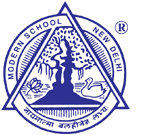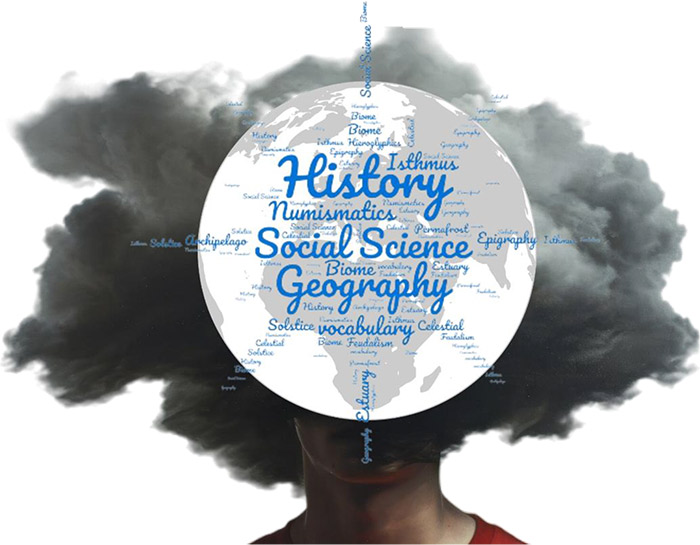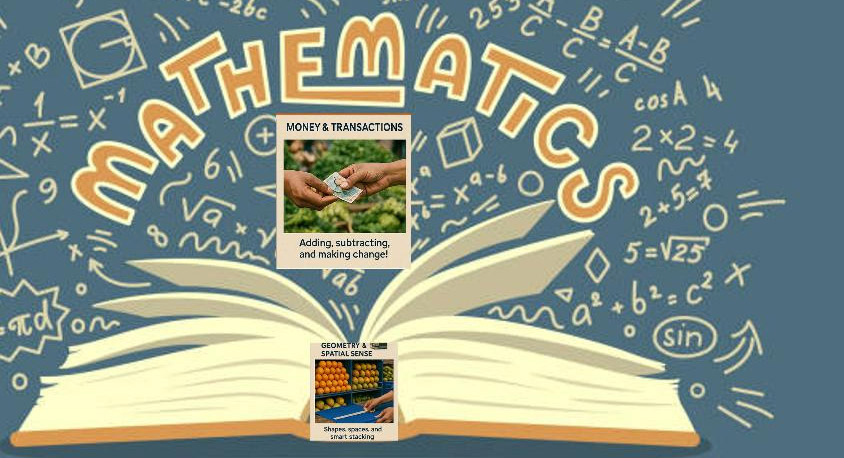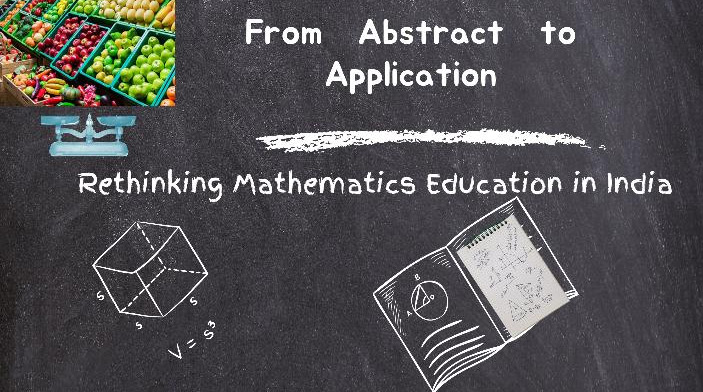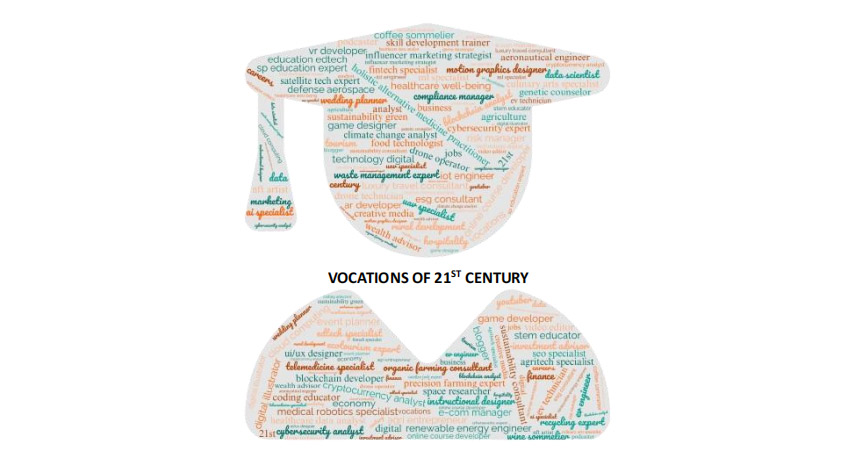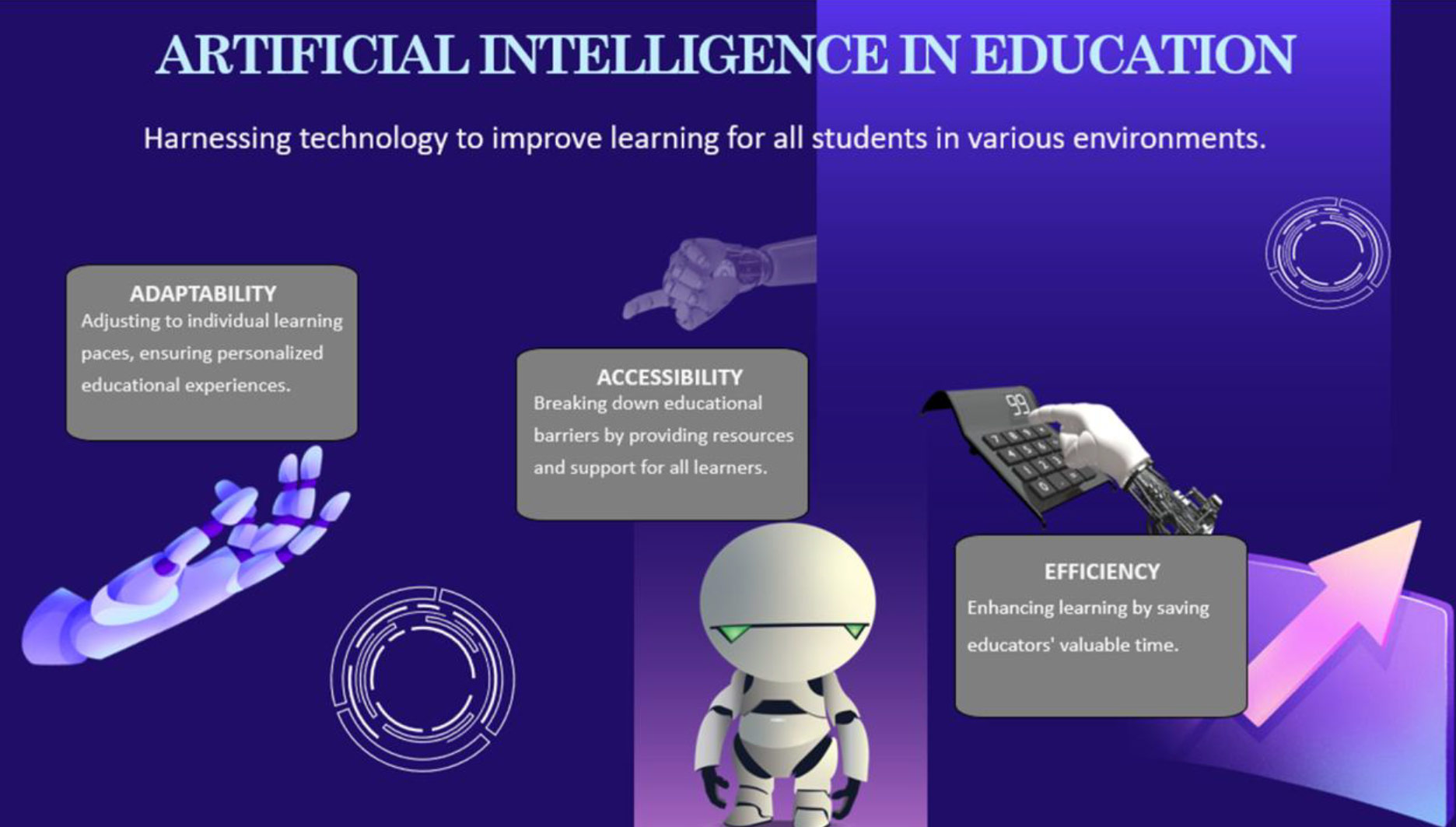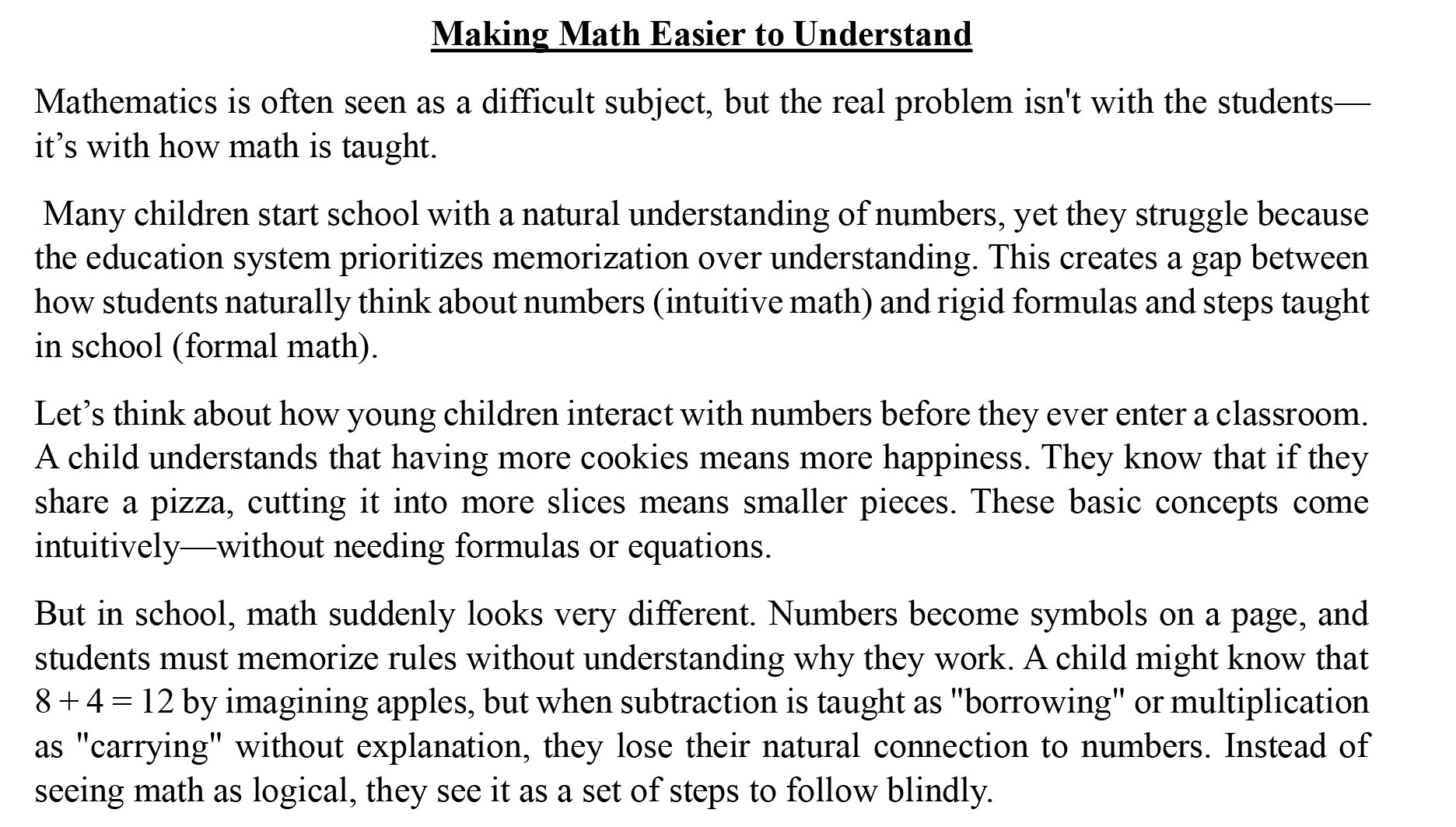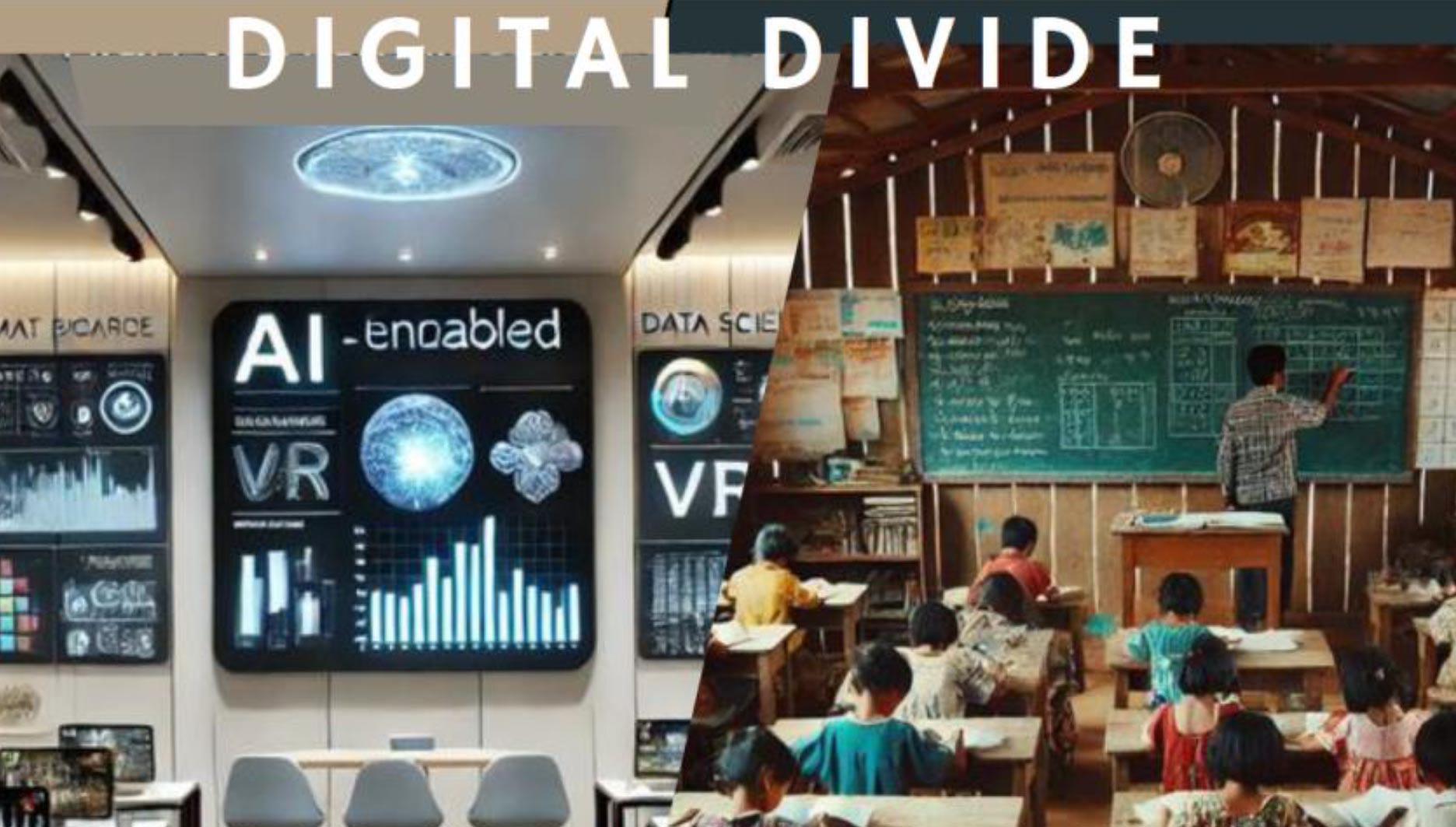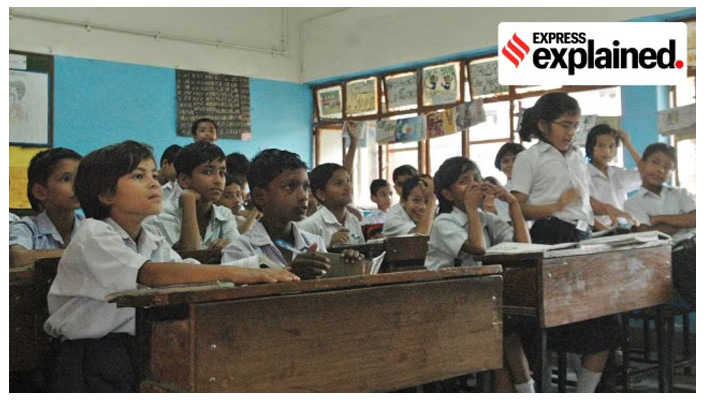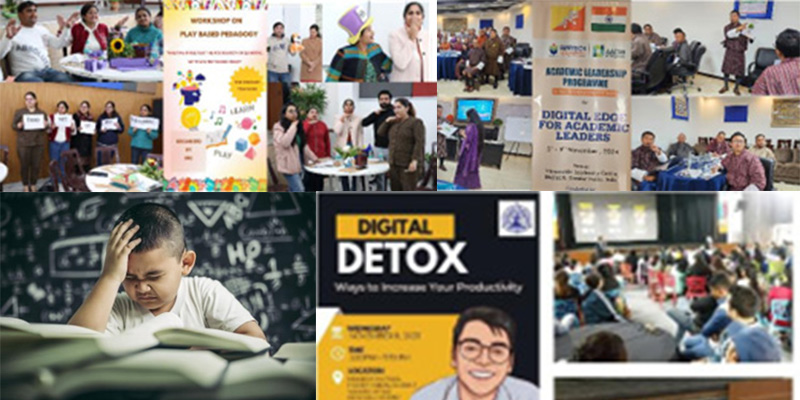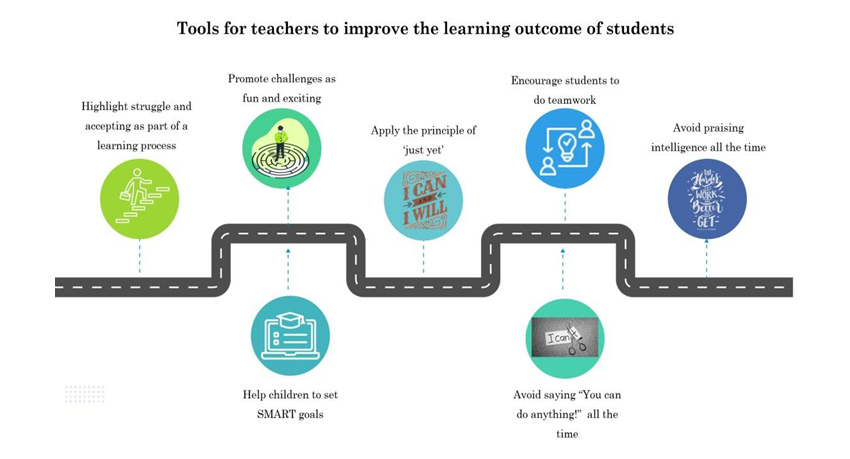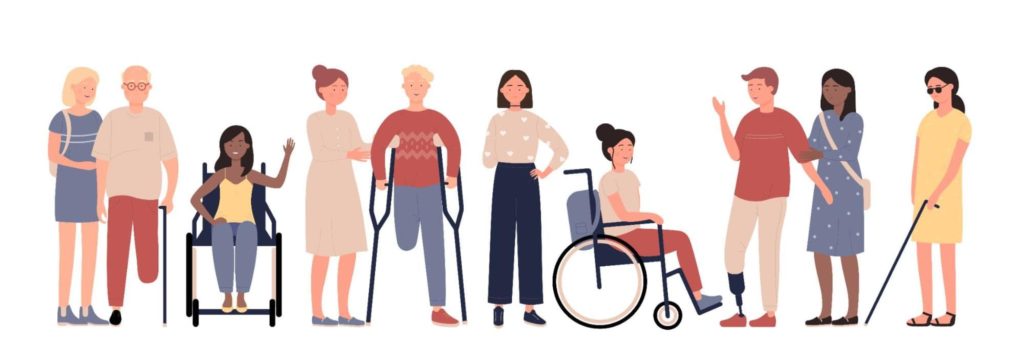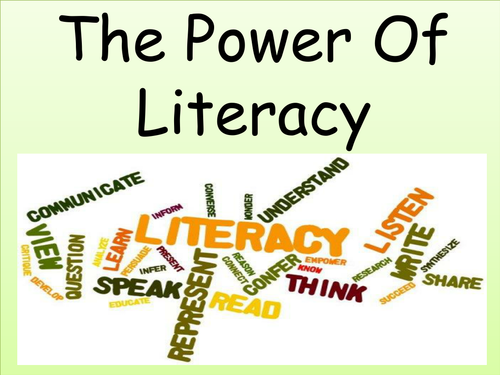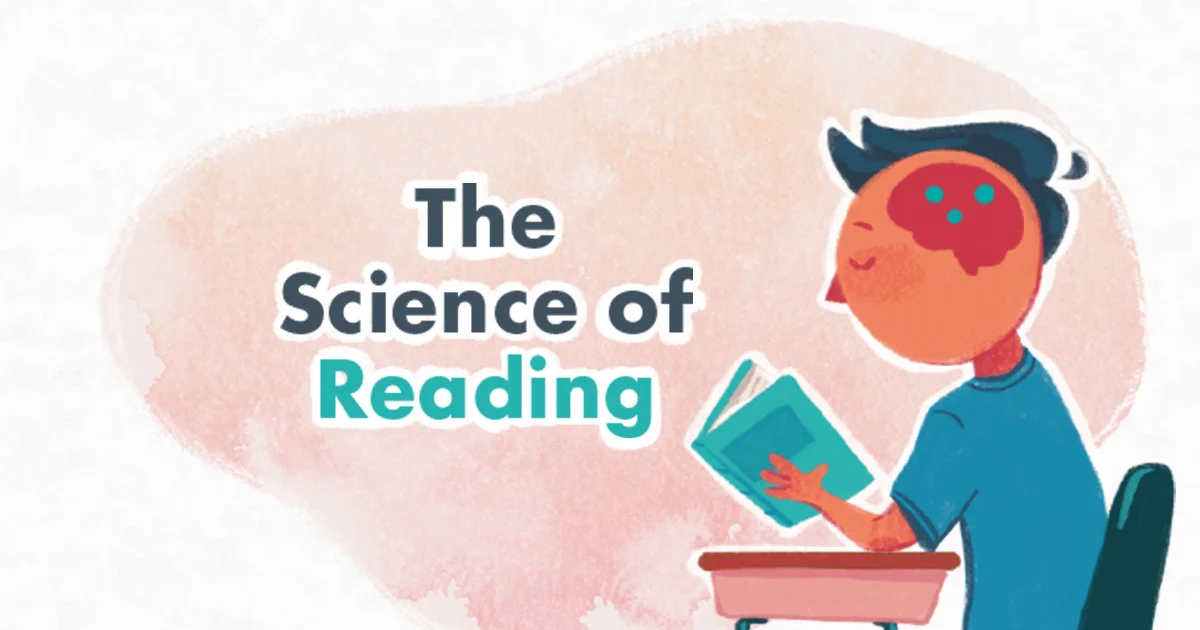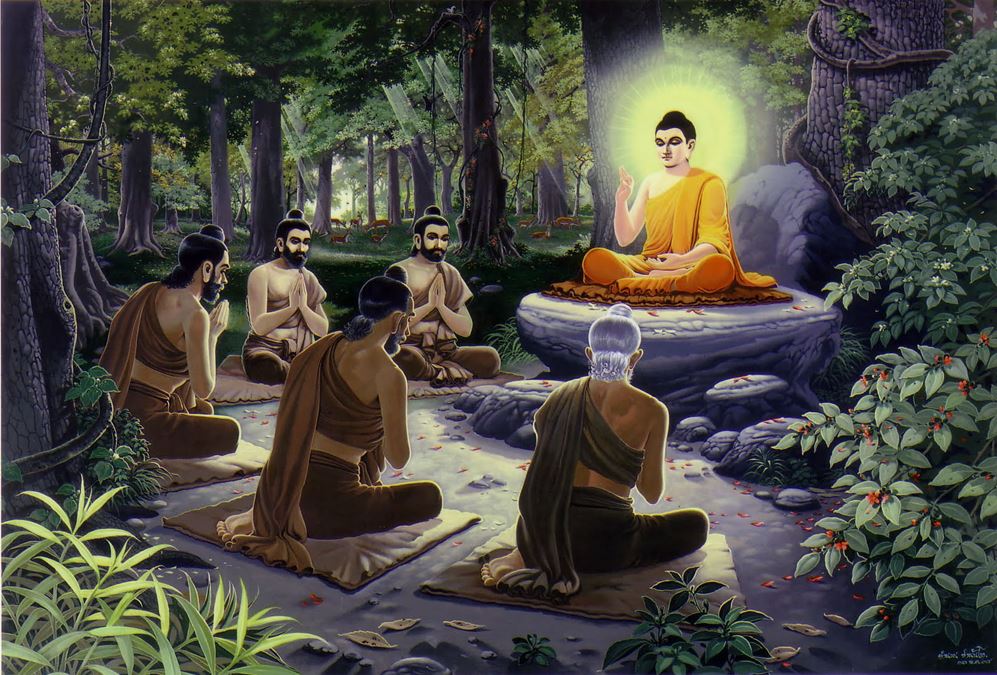According to the great American poet Maya Angelou, “History, despite its wrenching pain cannot be unlived, but if faced with courage need not be lived again.” These profound words echo not only with the struggles of the past but also with the challenges faced by middle school teachers and students in social science classes. As we try to transact the content of social science in the classrooms, we find ourselves grappling with a dense vocabulary that poses hurdles for both teachers and students. The journey through middle school social science resembles the struggle of untangling strings woven together by terminologies of diverse subjects to make meaning of the text. Comprehending this linguistic complexity emerges as a crucial task.
As student transition from primary to middle school, Environmental Science becomes Social Science encompassing History, Geography, Political Science, and Economics to be read from three different books. All these subjects have their vocabulary therefore the texts given in the books are loaded with conceptual words. Here are examples from each book:
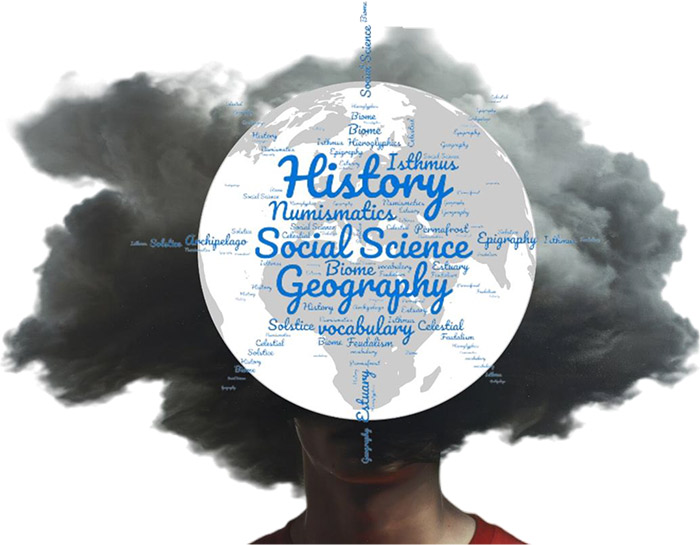 "Generally, ordinary people such as hunters, fishing folk, gatherers, farmers or herders did not keep records of what they did. "Our Pasts-History textbook" Grade V, pg. no.7)
"Generally, ordinary people such as hunters, fishing folk, gatherers, farmers or herders did not keep records of what they did. "Our Pasts-History textbook" Grade V, pg. no.7)
Another one from Geography, “The sun, the moon and all those objects shining in the night sky are called celestial bodies.” or "The caste system is another example of inequality."
Take, for instance, the term "caste system." In middle school history books, students often encounter this complex social structure throughout history. Explaining the nuances of caste divisions, their historical context, and societal implications can be similar to navigating a linguistic minefield for both teachers and students.
Another formidable term is "inequality." Within the pages of middle school textbooks, discussions on socio-economic disparities and unequal access to resources unfold. The concept extends beyond its dictionary definition, delving into the complex layers of societal structures and power dynamics. Unravelling such abstract ideas becomes a considerable challenge in the middle school classroom.
In geography classes, students encounter terms like "celestial bodies," which refer to the sun, the moon, and other celestial entities. While these words may sound straightforward to some, for middle schoolers transitioning from a primarily environmental science curriculum, the leap into celestial domain introduces a layer of complexity that demands thoughtful explanation.
Similarly, terms like "gatherers" and "hunters" emerge in the context of early human societies, introducing middle school students to the foundations of human history. However, these terms go beyond the surface level, requiring an understanding of the roles, lifestyles, and societal implications associated with these ancient occupations. These examples show the word-dense syllabi and textbooks that middle school students and teachers must grasp in order to achieve the learning outcomes.
The key to overcoming the vocabulary challenge in middle school social science lies in incorporating engaging and interactive activities into the curriculum. Here are some tangible examples that teachers can implement:
Historical Family Tree Project:
Ask students to create a family tree that goes back several generations. In the process, they gather information about their ancestors, their professions, and major life events. This hands-on project not only familiarizes students with the concept of historical sources but also draws parallels between personal and historical narratives. It bridges the gap between abstract terms like "records" and their real-world application.
Geography in My Neighbourhood: Organize a field trip or a virtual exploration of the students' neighbourhoods. Have them identify geographical features, landmarks, and points of interest.
By connecting geography to their immediate surroundings, students can relate abstract terms to tangible elements in their environment. This activity develops a practical understanding of geographical concepts.
Storytelling and Historical Narratives:
Divide students into small groups and assign each group a historical event or figure. Have them create a narrative or a short play that captures the essence of the event or person. Transforming historical content into a storytelling format not only makes it more engaging but also aids in simplifying complex terms. Students actively involve themselves in the historical narrative, making abstract concepts more relatable.
Concept Mind Maps:
Activity: Introduce the concept of mind mapping to students. Ask them to create visual representations (mind maps) for key social science terms. Visual aids can significantly enhance vocabulary comprehension. Mind maps provide a structured and visual way for students to grasp the interconnectedness of various terms within a specific topic.
Debates on Social Issues:
Organize class debates on contemporary social issues like communalism, gender sensitivity, or globalization. Encourage students to research and present their arguments. Debates not only enhance critical thinking skills but also require students to understand and articulate complex social science concepts. This interactive approach adds to the understanding of abstract vocabulary.
By incorporating these activities and projects into the classroom, teachers can create an environment where social science vocabulary becomes more than words on a page—it becomes a dynamic and accessible aspect of students' learning experiences.
One of the unique challenges in teaching social science lies in the cultural sensitivity embedded within certain terms and concepts. These terms not only carry abstract meanings but are also intricately tied to diverse cultural contexts. Navigating this cultural sensitivity is crucial for creating a classroom environment that respects and acknowledges the diversity of students. Some examples are given here to create an engaging and interactive classroom free from any type of biases:
There are intricate layers of social stratification and cultural significance embedded in the term "caste system" in Indian history. Encourage open discussions, ensuring that students comprehend the complexities without oversimplifying or perpetuating stereotypes.
Example: "Inequality" Across Cultures:
While the term "inequality" is universal, its manifestations and implications vary across different cultures and societies. The way to make it simpler is to Illustrate diverse examples of inequality, both historical and contemporary, from various regions. This approach broadens students' perspectives, develops cultural empathy and refined understanding of the term.
Navigating Cultural Sensitivities:
Develop a curriculum that incorporates diverse perspectives, voices, and historical events. In this way, students are able to recognize the interconnectedness of global histories while also respecting cultural differences.
Open Dialogue and Respectful Discussions:
Create an environment where students feel comfortable discussing cultural aspects and biases. Encourage open dialogue, ensuring that differing viewpoints are respected and explored constructively.
Critical Analysis of Texts: Teach students to critically analyse historical texts, recognizing potential biases and cultural perspectives. This empowers them to approach social science content with a discerning eye.
Project-Based Learning on Cultural Topics:
Integrate project-based learning that allows students to explore cultural topics within the Social Sciences. By incorporating hands-on activities, students learn cultural sensitivity in a nuanced manner.
Cultural sensitivity is an essential part of the teaching of social science in order to create a learning environment that is inclusive and respectful. Teachers should actively address and navigate cultural sensitivity in their teaching of social science. Besides enhancing students' cultural competence, it also develops a deeper understanding of the diversity inherent in human societies.
Incorporate real-life experiences into social science concepts. How can teachers relate historical events, geographical features, and civic structures to the everyday lives of students?
Connecting Social Science Concepts to Real-Life Experiences:
To make Social Science concepts meaningful for middle school students, it is essential to connect the curriculum to the students' lives outside of school. Teaching historical events, geographical features, and civic structures in the context of real-life experiences can help students develop a deeper understanding of the subject.
A visit to a historical site, a museum, or a natural landmark enables students to connect theory to practice. A trip to a local museum, for instance, can enhance their understanding of historical artefacts. As teachers integrate social science concepts into students' real-life experiences, they not only make the subject more accessible but also help students see how their studies are relevant to their communities. As a result, students develop a genuine interest in social science and develop critical thinking skills to navigate the complexities of everyday life.
In Social Science, vocabulary is more than an abstract hurdle; it's a tangible barrier that students and teachers face daily. As is evident, from the intricate caste systems to the celestial bodies, not to forget the administrative mechanism and rights and duties of citizens, the words within textbooks provide rich yet dense concepts to understand. Therefore, the concepts, laden with cultural connotations and historical weight, demand a thoughtful approach in the middle school classroom.
To simplify the jargon, we must recognize that social science is not confined to textbooks; it is a gateway to understanding our shared history, geography, and civic responsibilities. By connecting these concepts to real-life experiences, teachers can bridge the gap between abstract terms and the everyday lives of students. Historical events find echoes in modern movements, geographical features become landmarks in local exploration, and civic structures reveal themselves through community engagement.
The importance of making Social Science not just a subject to be studied but a dynamic, engaging domain that empowers students to understand the world around them. By simplifying the language through diverse means, we ensure that the words of Maya Angelou resonate not only in the pages of textbooks but also in the minds of the future generation. Social Science, with all its complexities, becomes a journey of discovery, understanding, and, ultimately, courage.
